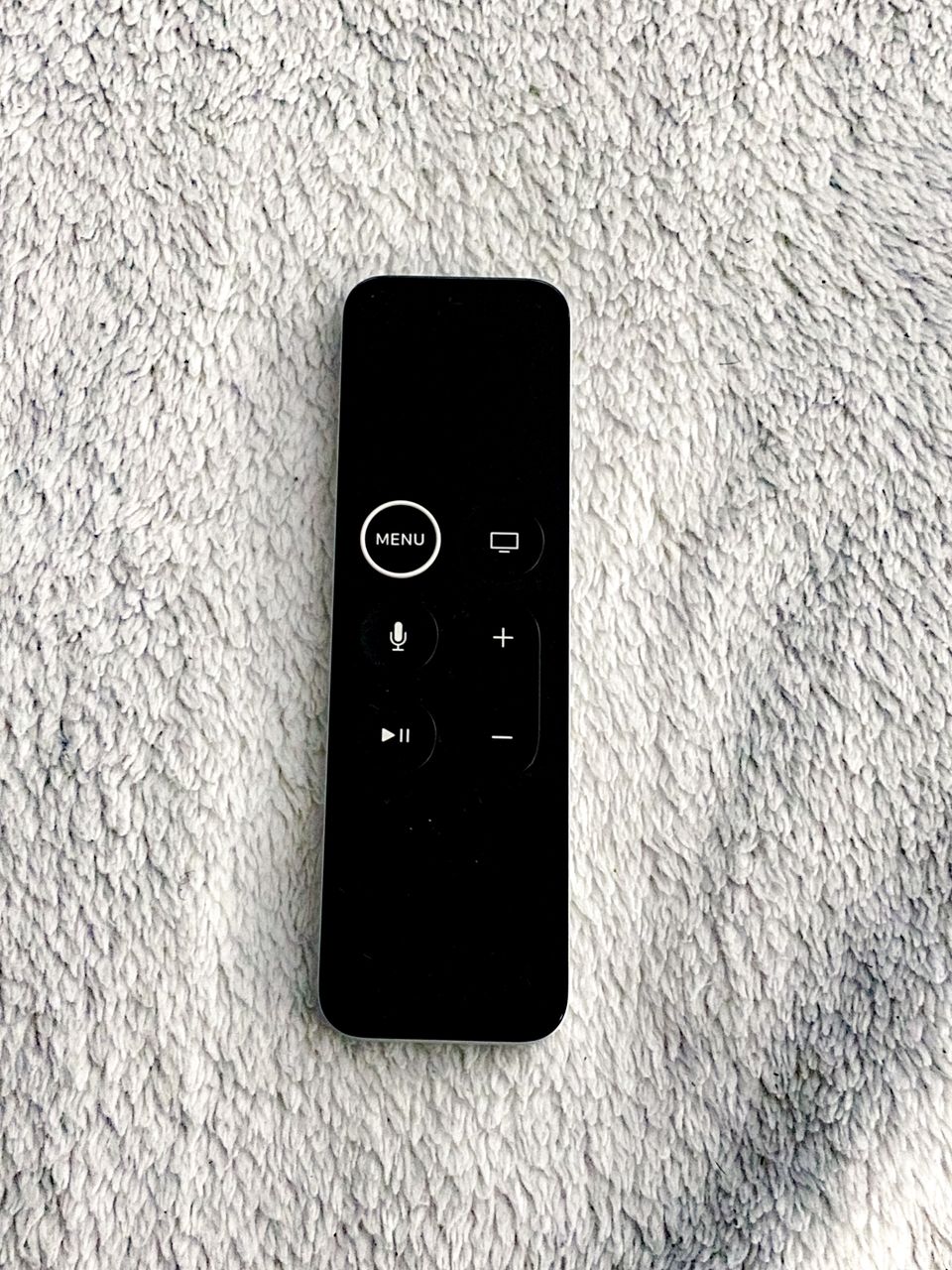Taking Control: Understanding Overactive Bladder Syndrome

The need to visit the restroom frequently, sudden urges to urinate, and the occasional leakage can be more than just a nuisance; it could be a sign of Overactive Bladder Syndrome (OAB). OAB is a common condition that affects millions of people worldwide, and yet, many individuals suffer in silence due to embarrassment or a lack of understanding. In this blog post, we'll delve into what Overactive Bladder Syndrome is, its causes, symptoms, and strategies to manage and improve the quality of life for those affected.
What is Overactive Bladder Syndrome (OAB)?
Overactive Bladder Syndrome (OAB) is a urological condition characterized by a group of symptoms related to urinary urgency, frequency, and in some cases, urinary incontinence. It's important to distinguish OAB from the natural aging process, as OAB symptoms can significantly impact daily life and overall well-being.
Understanding the Causes of OAB
The exact cause of OAB is not always clear, but several factors may contribute to its development:
Muscle Dysfunction: OAB can result from abnormal bladder muscle contractions, causing the bladder to squeeze involuntarily.
Nerve Issues: Nerve damage or diseases like diabetes can interfere with the brain-bladder communication, leading to OAB symptoms.
Infection or Inflammation: Bladder infections or inflammation can irritate the bladder and cause symptoms of OAB.
Medications: Certain medications, especially diuretics, can increase urine production and contribute to OAB symptoms.
Recognizing the Symptoms of OAB
The primary symptoms of Overactive Bladder Syndrome include:
Urinary Urgency: A sudden, strong urge to urinate that may be difficult to control.
Frequency: The need to urinate more often than usual, typically eight or more times in a 24-hour period.
Nocturia: Frequent nighttime urination, disrupting sleep patterns.
Urinary Incontinence: The unintentional leakage of urine, which can be caused by urgency or a strong urge.
Managing Overactive Bladder Syndrome
Living with OAB doesn't mean surrendering control. Several strategies can help manage and improve the quality of life for individuals with OAB:
Behavioral Techniques: Bladder training involves gradually increasing the time between bathroom trips to improve bladder control.
Pelvic Floor Exercises (Kegels): Strengthening the pelvic floor muscles can help manage OAB symptoms.
Lifestyle Adjustments: Reducing caffeine and alcohol intake, as well as managing fluid intake, can alleviate OAB symptoms.
Medications: Various prescription medications are available to relax the bladder or reduce the urgency associated with OAB.
Botox Injections: For severe cases, Botox injections can relax the bladder muscles.
Neuromodulation: Devices like sacral neuromodulators can help regulate nerve signals to the bladder.
Surgery: In rare instances, surgical procedures may be considered when other treatments are ineffective.
Conclusion
Overactive Bladder Syndrome is a common condition that affects many individuals but is often underdiagnosed or undertreated. Understanding the causes, recognizing the symptoms, and seeking medical advice are crucial steps toward effectively managing OAB. With proper treatment and lifestyle adjustments, individuals with OAB can regain control, improve their quality of life, and live more comfortably. Don't let OAB hold you back; take the first step towards managing this condition and reclaiming your life.